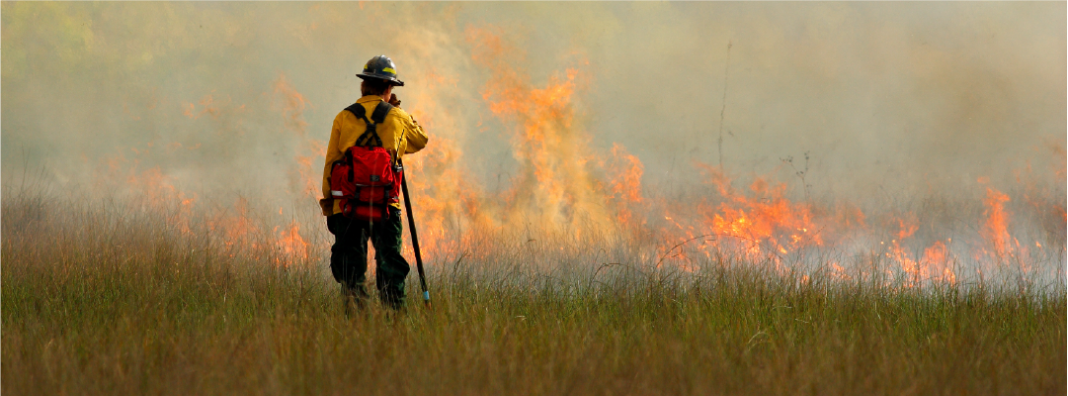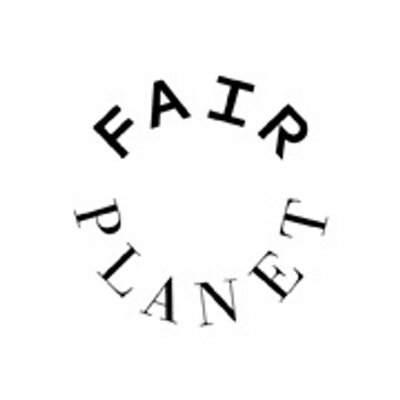
Introduction
After nearly five months, the largest wildfire to ever hit New Mexico has finally been contained.
The 350,000-acre Hermit’s Peak Fire is unique, not just because of its size. New Mexico’s new record-holder is an outlier among nearly all devastating wildfires because of the way it began. It wasn’t the result of lightning, fireworks, or irresponsible campers.
It started as a prescribed burn.
Hundreds of people lost their homes because the Forest Service was using fire to fight fire. It’s understandable that such loss should make us pause and ask: Was this wise?
That’s exactly what Forest Service Chief Randy Moore did. On his order, all prescribed fire operations on National Forest System lands were suspended so that land managers could conduct a 90-day review of the protocols, tools, and practices of controlled burns. The hiatus ended on August 18th. It is still unclear what changes will come as a result of the review, but effective reforms could further reduce the risk of tragedies like Hermit’s Peak.
Though undeniably devastating, Hermit’s Peak is a rarity among prescribed burns, 99.84 percent of which go as planned.
When the cure becomes the poison, we undermine a crucial aspect of fire management. Prescribed burns have been an increasingly valuable tool for wildfire prevention as rising temperatures and drought conditions are causing fire seasons to last longer and longer each year. The effective use of prescribed fires is crucial, not only for ecological health in Western landscapes, but also for our ability to reduce the other 60,000 wildfires happening each year.
The Benefits of Prescribed Fire
Fire is as natural to Western landscapes as sunshine and blue skies. For thousands of years, Native Americans used fire to manage the land, clear underbrush, make room for crops, and hunt game. The westward expansion and settlement of US lands by European Americans ended this historic partnership. By the 20th century, all-out fire suppression became the new norm. Americans wanted to eliminate as much fire as possible to protect valuable timber resources and scenic landscapes. That had major negative impacts on fire-adapted ecosystems, however, as fire acted as a cleansing agent for regularly removing debris, infestations, and parasites. Without this natural process, many western forests have become overgrown, overcrowded, and much more likely to experience severe wildfires.
Prescribed fires, also known as prescribed burns, planned burns, and controlled fires, are used to mimic natural fires. When conducted on a regular basis and managed appropriately, prescribed fires help reduce the decades-long build-up of combustible fuel. Planned fires also regenerate soil nutrients and reduce the spread of invasive species.
Prescribed burns can have major benefits if conducted before an area is impacted by wildfire. The Sycan Marsh Preserve is a 30,000-acre conservation area owned and managed by the Nature Conservancy, which has been using it as a test ground for forest management techniques for nearly two decades. When the Bootleg Fire burned through southern Oregon last summer, it encountered a section of the preserve that had been mechanically thinned in 2016 and treated by prescribed fire in 2019. This slowed and weakened the fire’s flames and allowed firefighters to control its spread. The nature preserve was far less damaged by the wildfire than nearby areas that were not routinely treated with planned burns.
The Numbers Behind Prescribed Fire
Massive wildfires are rarely attributed to prescribed burns. The US Forest Service reports that around 4,500 prescribed burns are lit each year, resulting in the treatment of 1.4 million acres. The 99.84 percent success rate means that the Forest Service loses control of about seven burns a year. That is a tiny fraction (.0001 percent) of the more than 60,000 wildfires occurring in the United States every year.
The Las Dispensas controlled-burn-turned-Hermit’s Peak Fire was a rare tragedy. Planned burns are not to blame for the increasing destruction caused by wildfires throughout the West. Rather, wildfires are raging across the Western United States due to increased drought conditions, poor forest management, and the lack of planned burns. As Fred Pearce points out in Yale Environment 360,
“In most of the US, fire is regulated by a complex bureaucracy whose top responsibility is to prevent loss of life and property, not manage ecosystems.”
The realignment of priorities in local, state, and federal institutions to use planned fires to manage and care for forest ecosystems, following the example set by indigenous peoples as in the Bootleg Fire, would increase the overall wellness of forests and reduce the loss of life and property.
Solutions to the Risks of Prescribed Fire
Risk is always present with prescribed fires. And though this risk is tiny compared to the risk of doing nothing, we should do all in our power to minimize it.
The Western United States is currently in the midst of the worst drought the region has experienced in 1,200 years. This extreme drought has caused wildfire fuels to dry out and become more flammable, increasing the probability of ignition and the speed at which fire spreads.
The drought also escalates the risk of setting controlled burns. Even the slightest change in projected wind direction, wind speed, and other factors can cause fuels outside the fire boundary to ignite and unintentionally cause a wildfire.
Roll back regulations prohibiting winter prescribed burns
The US Forest Service is already taking action to mitigate some of these risks. The Forest Service avoids setting controlled burns during the driest parts of the year. Ninety percent of all prescribed fires are set between September and May. The remaining 10 percent of prescribed burns occur during summer months.
Some ozone and air quality regulations restrict prescribed fires from being set during the cooler, wetter winter months, thus forcing some planned fires to be set during the summer. To reduce these regulations, Oregon Senator Ron Wyden sponsored the National Prescribed Fire Act of 2021. This bill proposes that states be granted greater flexibility in the winter to conduct controlled burns in order to reduce catastrophic fire events in the summer.
Use smaller more frequent fires
Experts claim that smaller, more frequent controlled fires administered by local communities would decrease the risks of prescribed burns. While the general public is slowly accepting the practice of prescribed fire, the Forest Service spends months planning huge controlled burns across areas that are then left without fire for several years.
Instead of setting fire to thousands of acres at once, Native American practices focus on smaller areas and burn them throughout the year. Smaller prescribed fires would make communication and resource management simpler and quicker. Each successive controlled burn would become safer with less chance of escaping. Setting fire frequently is a more holistic approach to forest management and allows for local conditions to be taken into consideration.
Protect private landowners wanting to use prescribed burns
Advocates of planned burns call for returning autonomy and granting protection to landowners when it comes to fire management on their land. Almost half of California is privately owned, yet landowners receive little support to conduct controlled burns on their property. More freedom to set prescribed fires on privately-owned land would allow forests to become healthier and more resilient to wildfire. However, it would also require changing how forest management works at the policy level. The California State Legislature is currently considering a bill that would protect landowners from the costs of firefighting resources that would be necessary if their planned burn were to escape.
Conclusion
Eliminating all risks from fire is impossible. That is why it is so important that the right tools are in place to manage that risk. Researcher and prescribed fire expert Crystal A. Kolden holds that:
A larger cultural shift in public sociocultural perceptions of prescribed fire is needed to truly capitalize upon the utility of prescribed fire and more aggressively reduce wildfire risk. Without such a shift, more catastrophic wildfire disasters are inevitable.
Tragedies such as the Hermit’s Peak Fire cause misconceptions about the utility of prescribed fire. These misconceptions lead to poor forest management and increasingly destructive wildfires. Employing prescribed fire in forest management is far less risky than not doing so.
As tragic as the Hermit’s Peak Fire was, prescribed burns are much more likely to stop the next massive wildfire than to start it.



 Fair Planet
Fair Planet